’Building Ideas: An Architectural Guide to the University of Chicago’ by Jay Pridmore
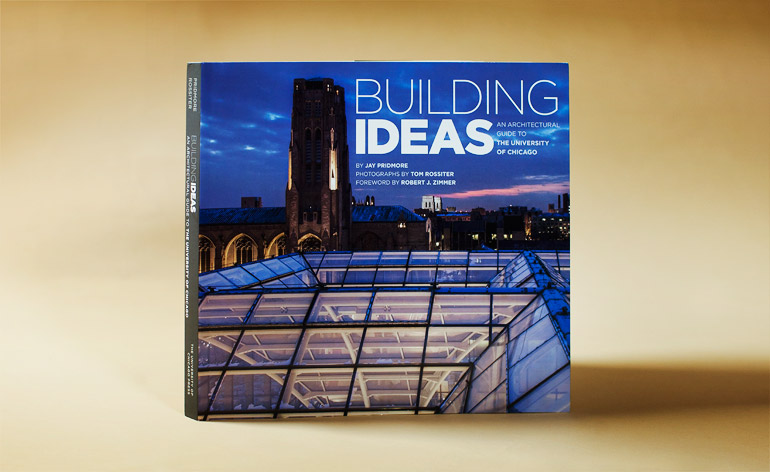
Like many progressive seats of higher education, the University of Chicago presents visitors with an enviable spread of architecture. Building Ideas is the first dedicated guide to a century’s worth of architectural accumulation since the modern era, a programme that shows no sign of abating. The University began with a template of solid, soaring Gothic, in hopeful imitation of the great European universities, most notably Oxford. Over time, this has given way to tough collegiate Brutalism – usually the most inventive and well cared for examples of pure concrete architecture – and refined American high tech.
The University of Chicago was originally founded via a donation from John D. Rockefeller (he later called it ‘the best investment I ever made in my life’), on a site that was once part of the famed World’s Columbian Exhibition of 1893. Today, the campus extends to include Frank Lloyd Wright’s Robie House, one of the icons of American modernism. The university has always embraced new architecture, commissioning Mies van der Rohe, Eero Saarinen and SOM after the war.
Contemporary architects who have contributed to the campus in the modern era include Cesar Pelli, Ricardo Legorreta, Rafael Vinoly and Murphy/Jahn. Tod Williams Billie Tsien’s Reva and David Logan Center for the Arts is one of the most recent and graceful structures to grace the campus, and a recently announced dorm by Studio Gang Architects looks set to continue a great tradition of innovative educational design.
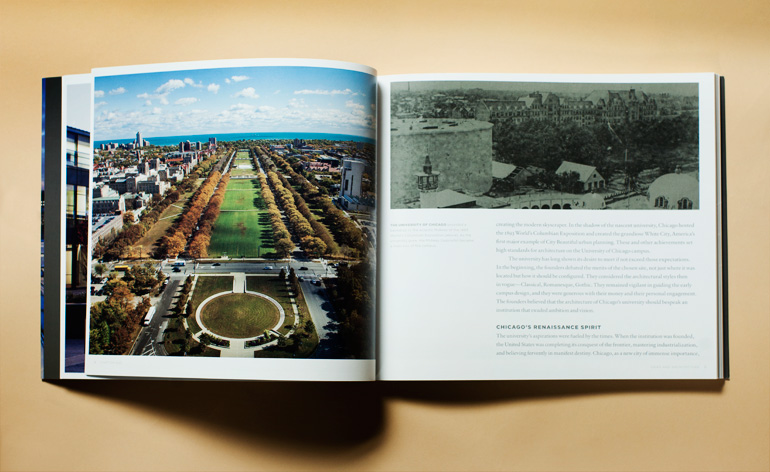
Starting with the original gothic quadrangles, the book traces more than a century of the campus’ physical history
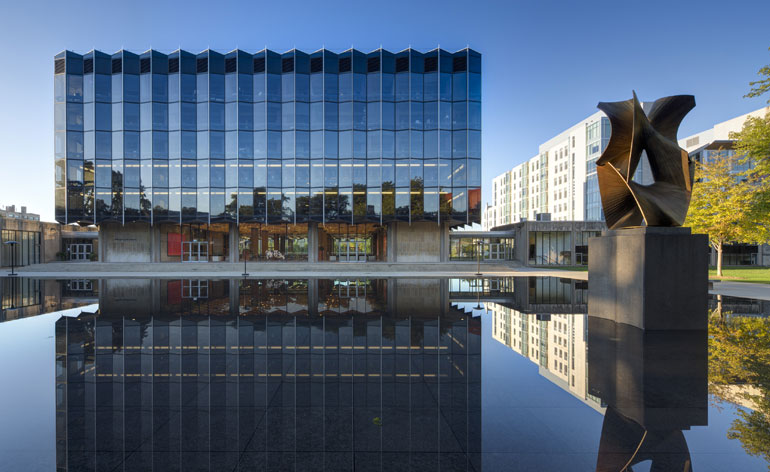
Laird Bell Law Quadrance, designed by Eero Saarinnen and Associates, 1959. Antoine Pevsner's 'Construction in Space in the Third and Fourth Dimension' commands attention in the Law School's reflecting pool. Photography: Tom Rossiter

Inside, the Law School's interiors are as bold its facade. The reading room of the D'angelo Law Library was renovated in 2008 to include low-iron plate glass and floating balconies. Photography: Tom Rossiter
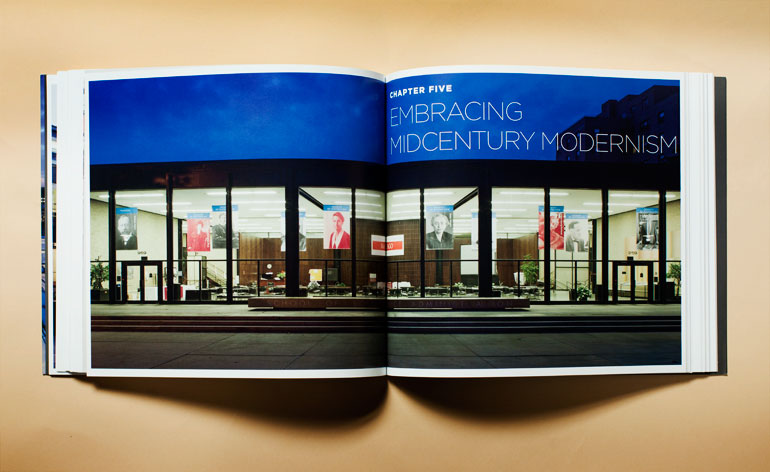
The tome comprehensively outlines the university's transition between architectural styles, from Gothic to midcentury Modernism and beyond
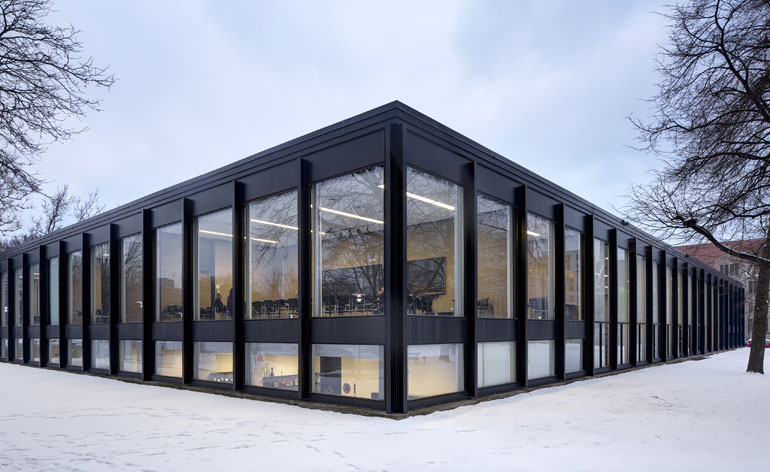
The low slung and transparent School of Social Service Administration, by Mies van der Rohe. Photography: Tom Rossiter
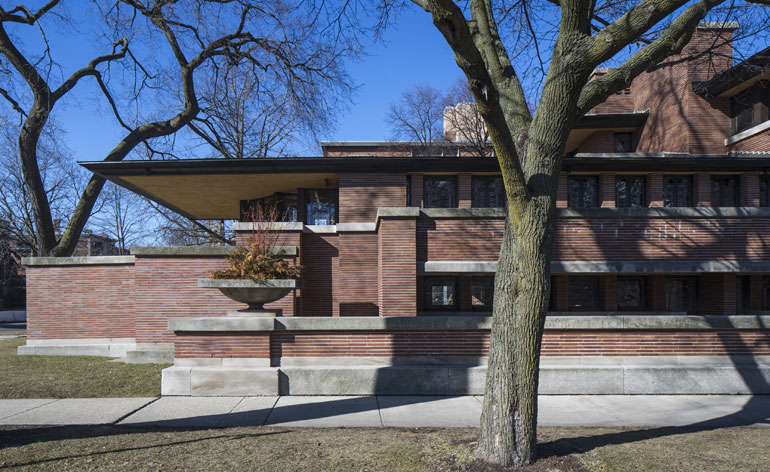
Robie House, by Frank Lloyd Wright, 1909. Photography: Tom Rossiter

The Charles M Harper Center of the Booth School of Business, by Rafael Viñoly Architects, 2004, comprises a mix of immense spaces and more intimate ones. Photography: Tom Rossiter
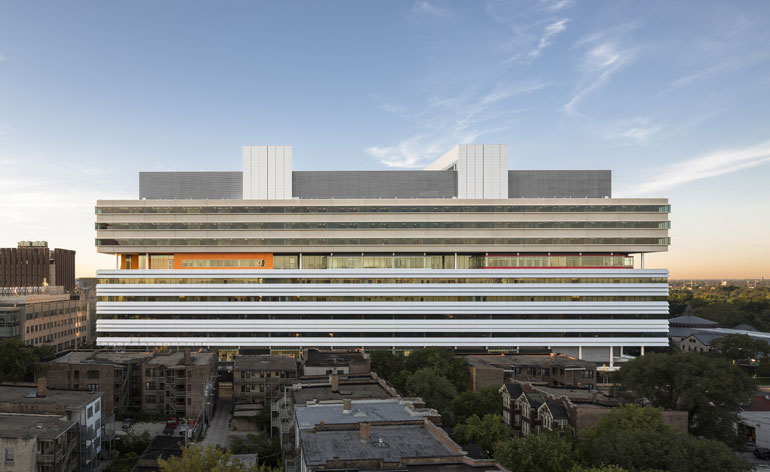
The Center for Care and Discovery, by Rafael Viñoly, is the architect's second offering on the campus. Photography: Tom Rossiter
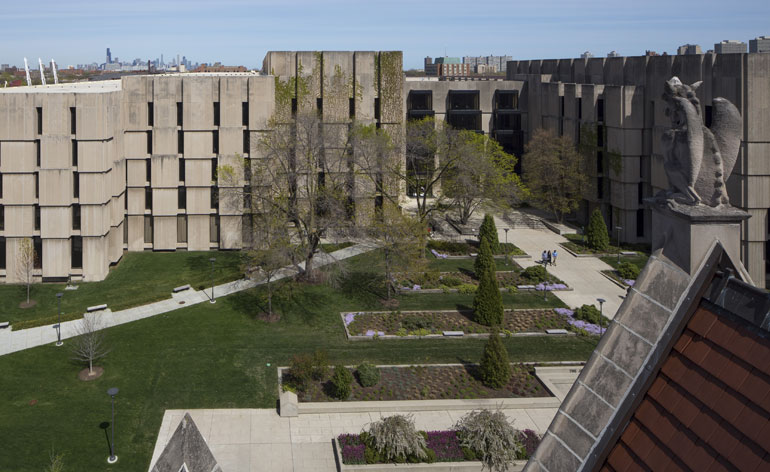
Joseph Regenstein Library, by Skidmore, Owings and Merrill, 1970. The Regenstein Library links the campus' old architecture to the modern. Photography: Tom Rossiter
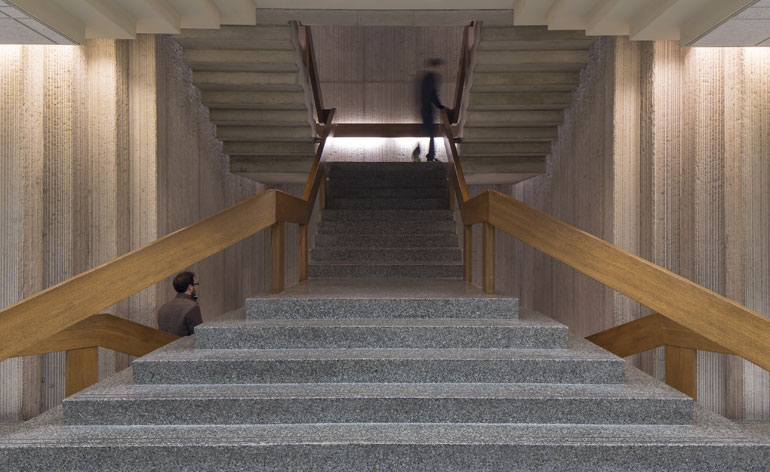
The Regenstein is noted for its brutalist limestone facade and interiors, and also houses one of the largest book collections in the world. Photography: Tom Rossiter
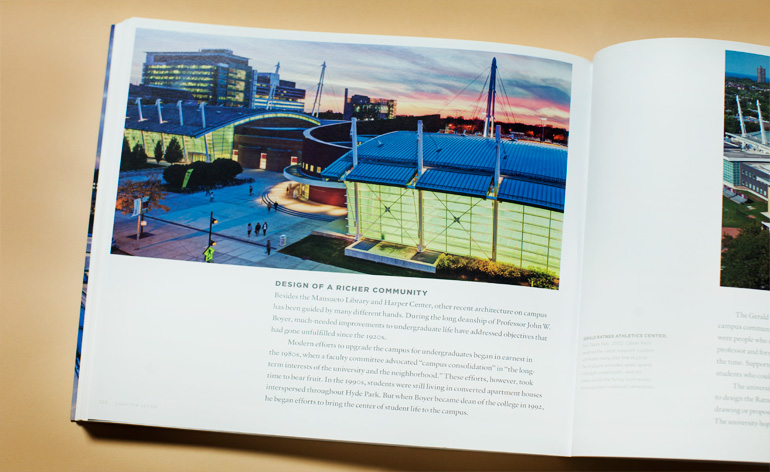
Aside from a plethora of striking imagery, the book includes in-depth text, detailing the origins of the university's buildings and its architectural evolution into the 21st century
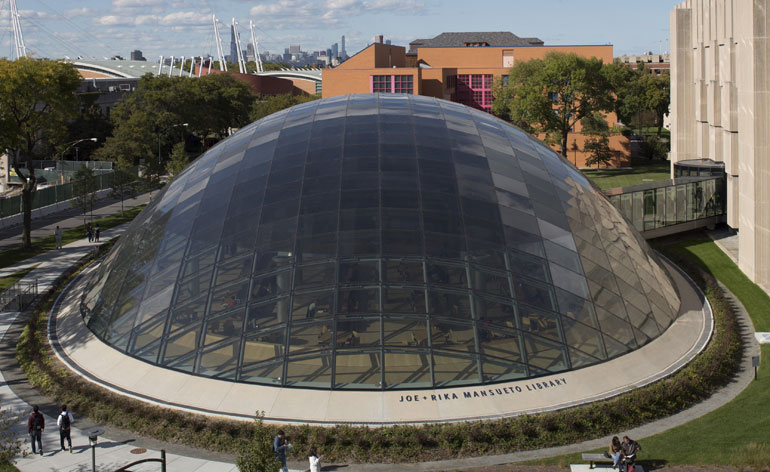
Joe and Rika Mansueto Library, by Murphy/Jahn, 2011. The newer library is connected to the Regenstein by a bridge, and features a striking elliptical, glass-panelled dome...
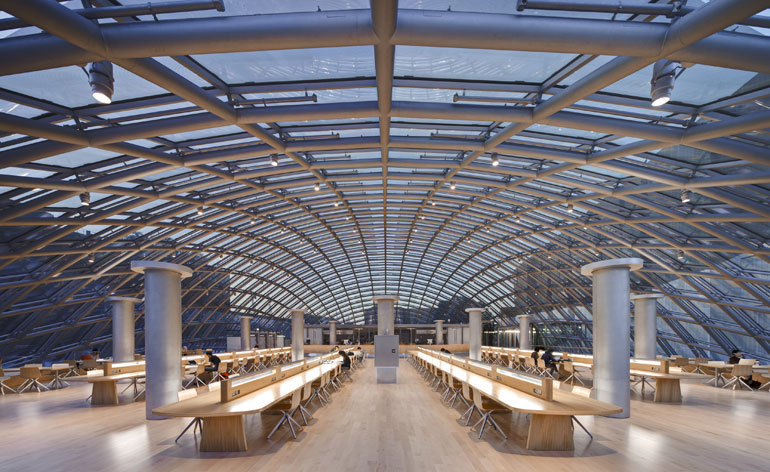
...while the interior contains a high-density book storage in the ground beneath the dome. Photography: Tom Rossiter

The book storage and retrieval system of Mansueto Library. Photography: Tom Rossiter

Gordon Center for Integrative Science, by Ellenzweig, 2005. Photography: Andrew Bruah

Reva and David Logan Center for the Arts, by Tod Williams Billie Tsien Architects, 2012. The tower of the Logan Center draws attention to the south edge of the Midway...
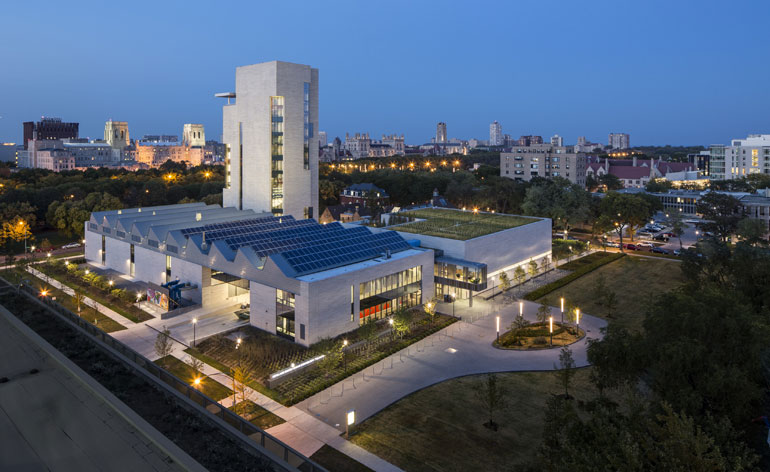
...while its high-rise design also provides views of campus and the city beyond. Photography: Tom Rossiter

The South Campus Chiller Plant, by Murphy/Jahn and Burns and McDonnell, 2008. This building makes a feature of the equipment inside it, rather than concealing it. The transparent curtain walls are made of low-emission, low reflectivity glass. Photography: Tom Rossiter
Wallpaper* Newsletter
Receive our daily digest of inspiration, escapism and design stories from around the world direct to your inbox.
Jonathan Bell has written for Wallpaper* magazine since 1999, covering everything from architecture and transport design to books, tech and graphic design. He is now the magazine’s Transport and Technology Editor. Jonathan has written and edited 15 books, including Concept Car Design, 21st Century House, and The New Modern House. He is also the host of Wallpaper’s first podcast.
-
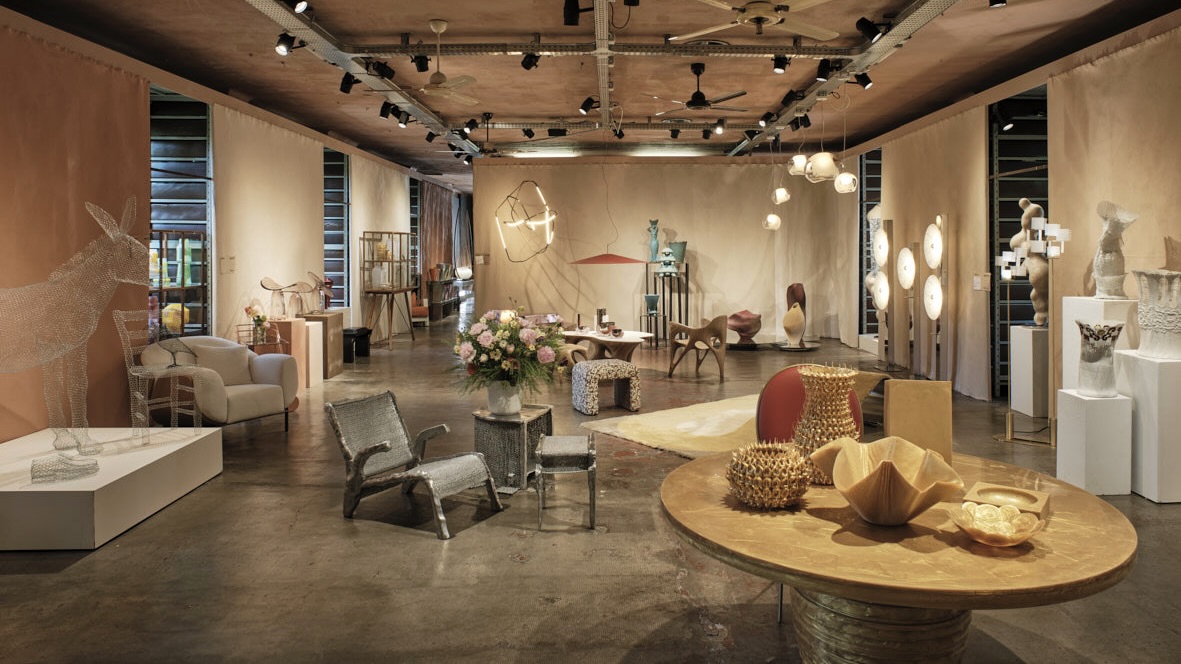 Eight designers to know from Rossana Orlandi Gallery’s Milan Design Week 2025 exhibition
Eight designers to know from Rossana Orlandi Gallery’s Milan Design Week 2025 exhibitionWallpaper’s highlights from the mega-exhibition at Rossana Orlandi Gallery include some of the most compelling names in design today
By Anna Solomon
-
 Nikos Koulis brings a cool wearability to high jewellery
Nikos Koulis brings a cool wearability to high jewelleryNikos Koulis experiments with unusual diamond cuts and modern materials in a new collection, ‘Wish’
By Hannah Silver
-
 A Xingfa cement factory’s reimagining breathes new life into an abandoned industrial site
A Xingfa cement factory’s reimagining breathes new life into an abandoned industrial siteWe tour the Xingfa cement factory in China, where a redesign by landscape specialist SWA Group completely transforms an old industrial site into a lush park
By Daven Wu
-
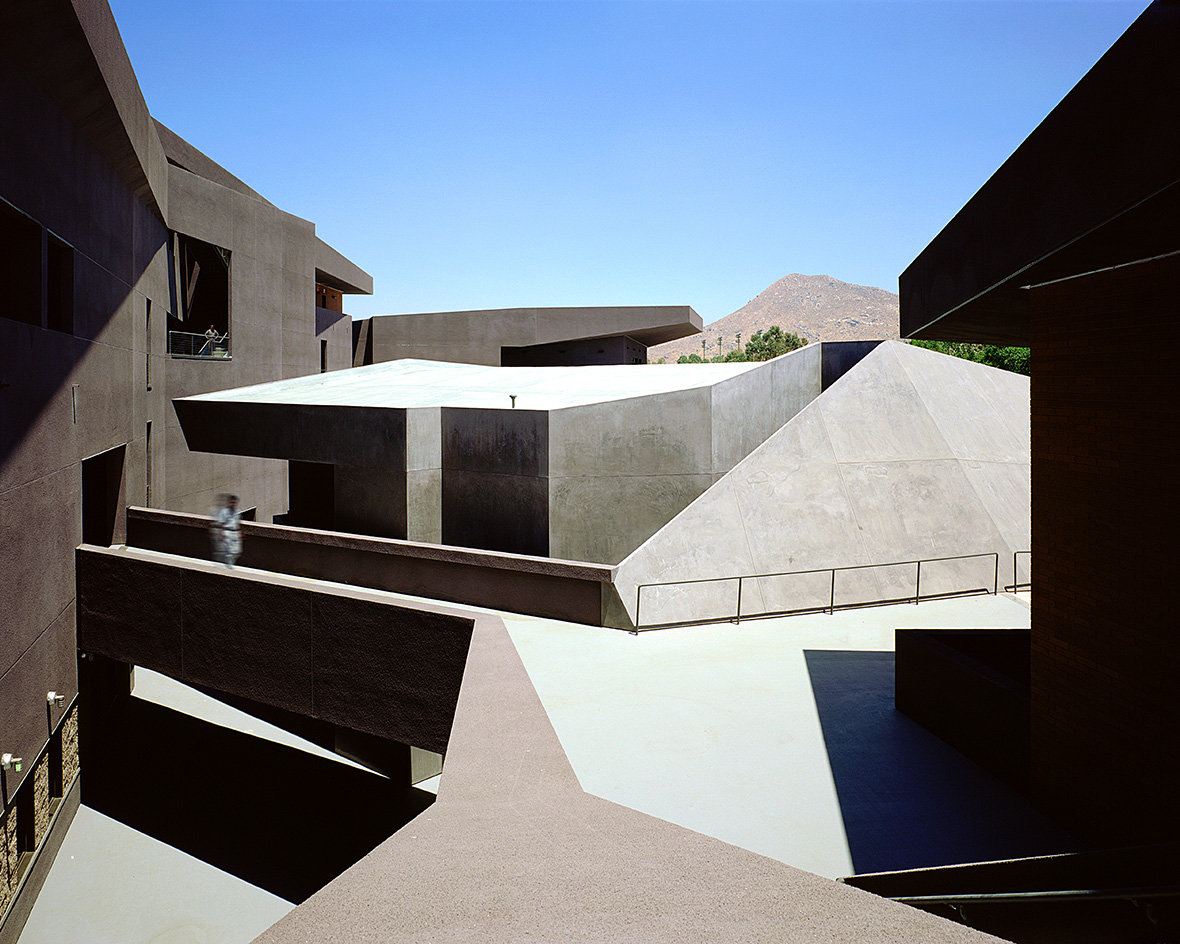 We explore Franklin Israel’s lesser-known, progressive, deconstructivist architecture
We explore Franklin Israel’s lesser-known, progressive, deconstructivist architectureFranklin Israel, a progressive Californian architect whose life was cut short in 1996 at the age of 50, is celebrated in a new book that examines his work and legacy
By Michael Webb
-
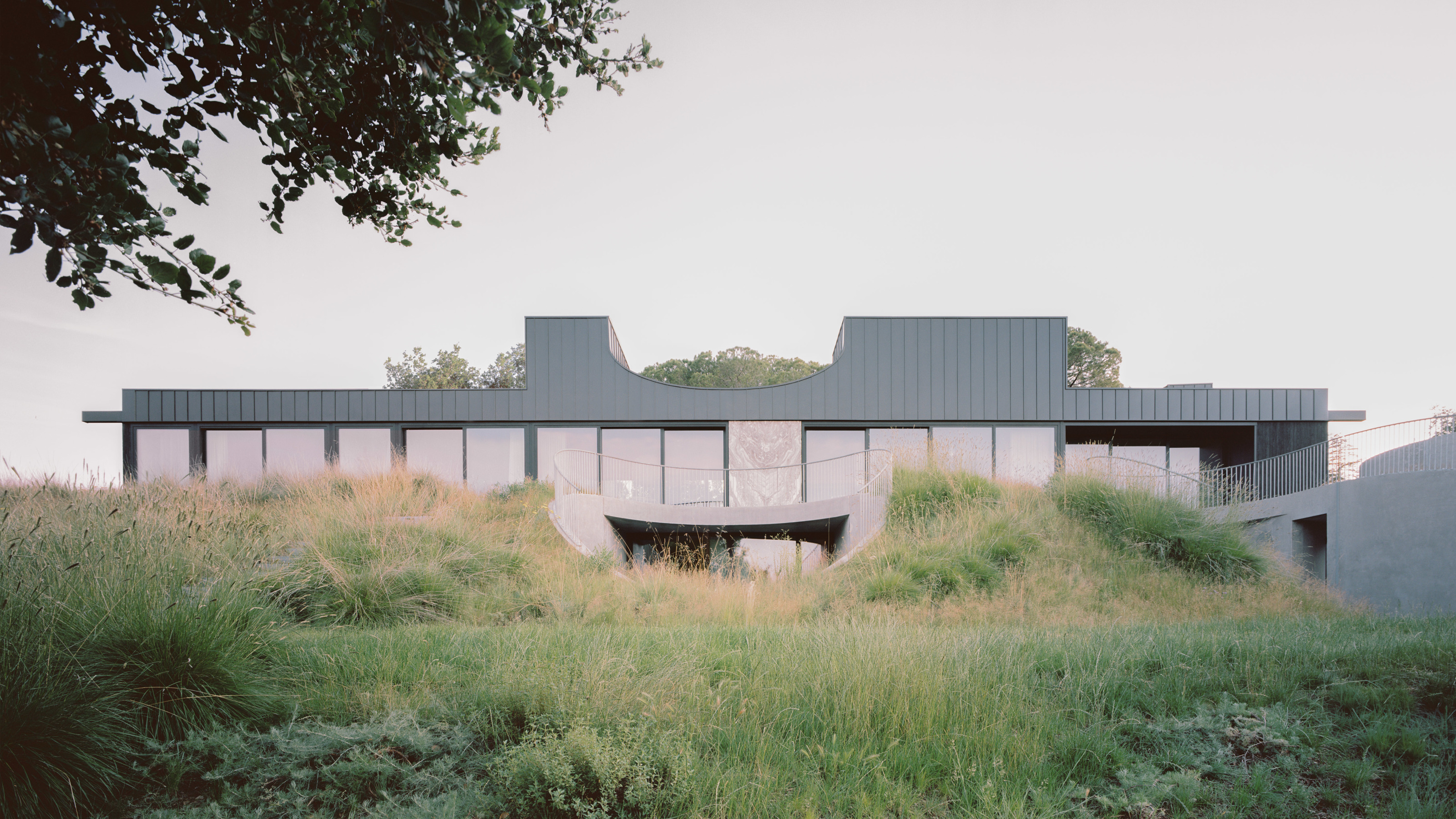 A new hilltop California home is rooted in the landscape and celebrates views of nature
A new hilltop California home is rooted in the landscape and celebrates views of natureWOJR's California home House of Horns is a meticulously planned modern villa that seeps into its surrounding landscape through a series of sculptural courtyards
By Jonathan Bell
-
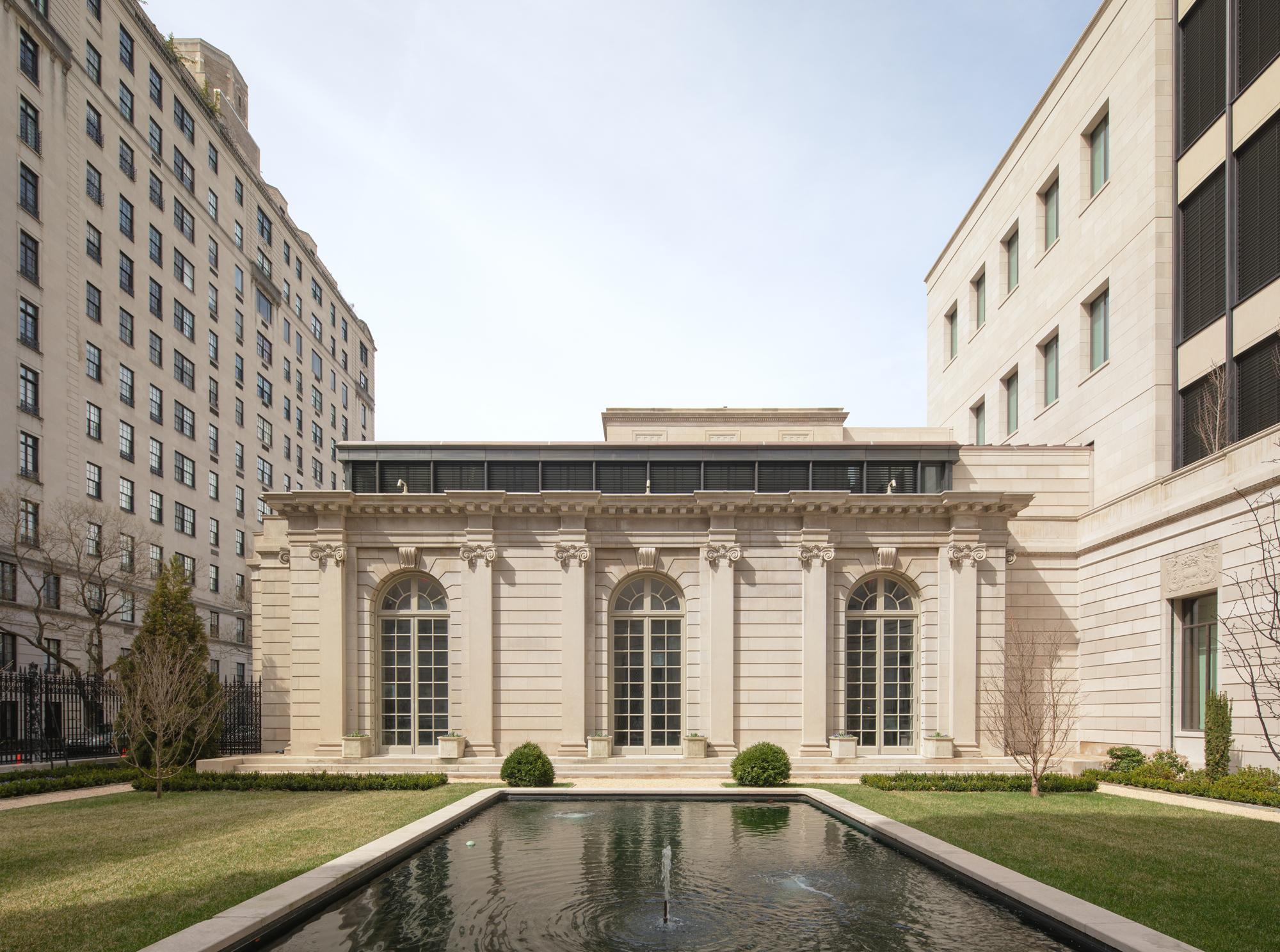 The Frick Collection's expansion by Selldorf Architects is both surgical and delicate
The Frick Collection's expansion by Selldorf Architects is both surgical and delicateThe New York cultural institution gets a $220 million glow-up
By Stephanie Murg
-
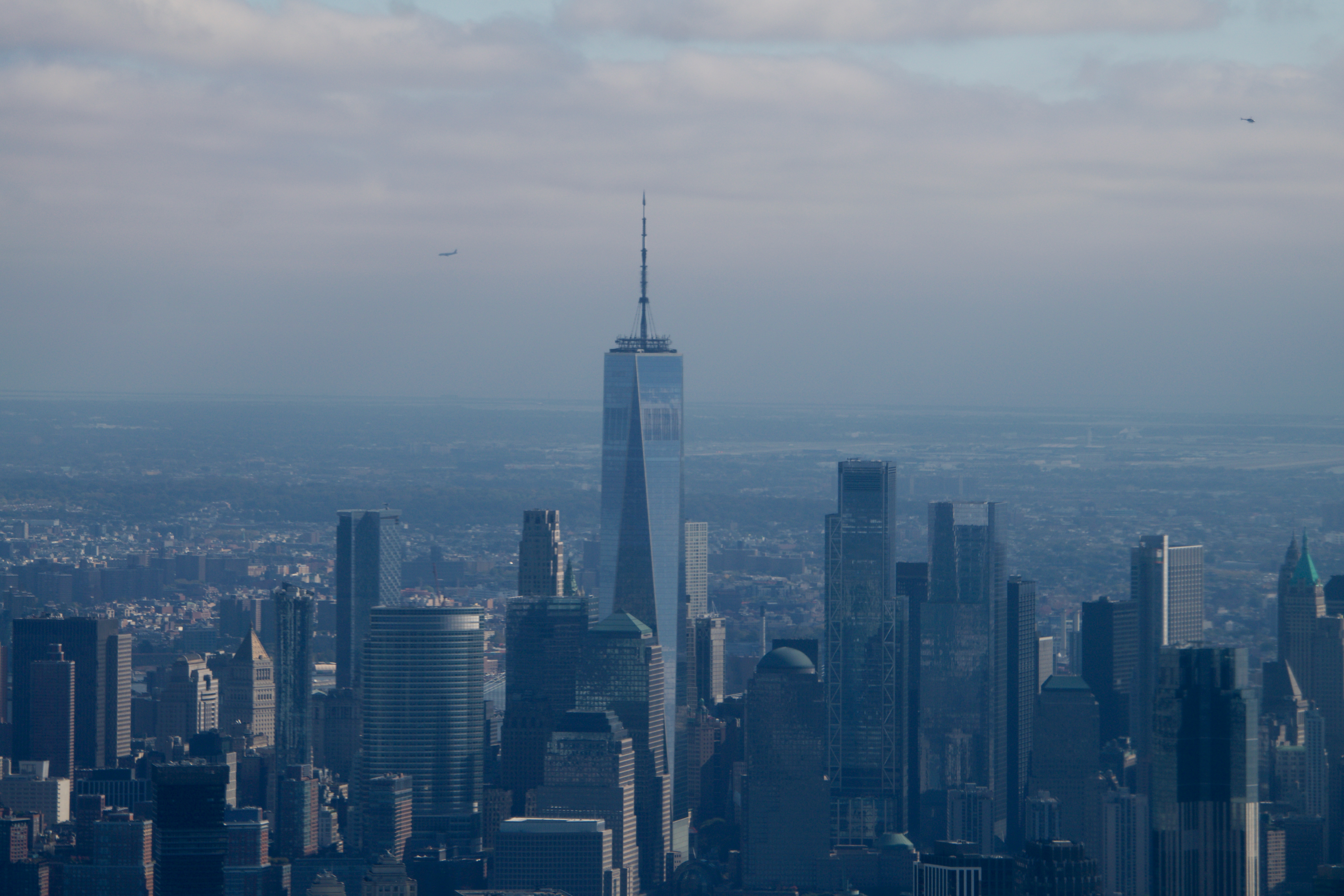 Remembering architect David M Childs (1941-2025) and his New York skyline legacy
Remembering architect David M Childs (1941-2025) and his New York skyline legacyDavid M Childs, a former chairman of architectural powerhouse SOM, has passed away. We celebrate his professional achievements
By Jonathan Bell
-
 The upcoming Zaha Hadid Architects projects set to transform the horizon
The upcoming Zaha Hadid Architects projects set to transform the horizonA peek at Zaha Hadid Architects’ future projects, which will comprise some of the most innovative and intriguing structures in the world
By Anna Solomon
-
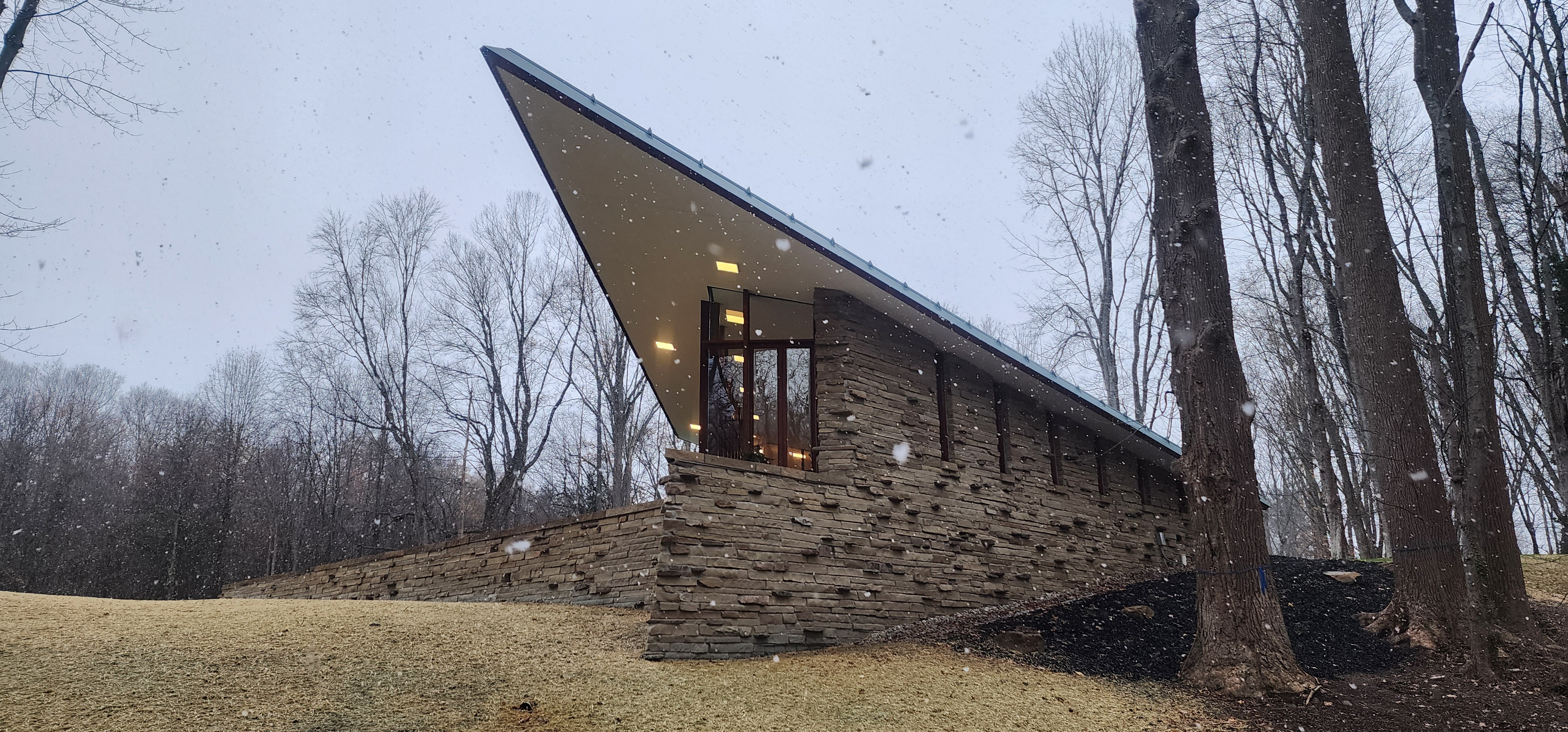 Frank Lloyd Wright’s last house has finally been built – and you can stay there
Frank Lloyd Wright’s last house has finally been built – and you can stay thereFrank Lloyd Wright’s final residential commission, RiverRock, has come to life. But, constructed 66 years after his death, can it be considered a true ‘Wright’?
By Anna Solomon
-
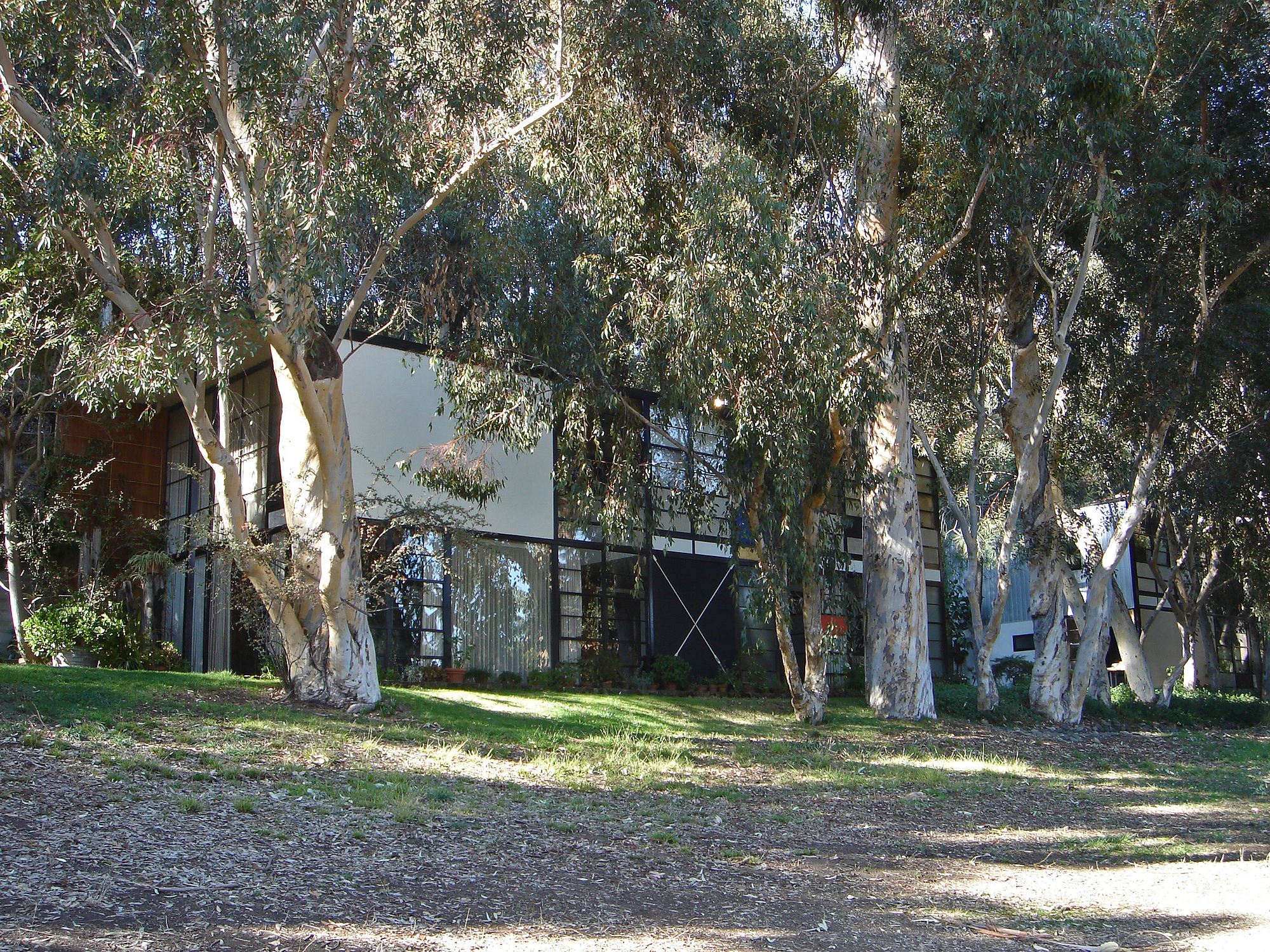 Heritage and conservation after the fires: what’s next for Los Angeles?
Heritage and conservation after the fires: what’s next for Los Angeles?In the second instalment of our 'Rebuilding LA' series, we explore a way forward for historical treasures under threat
By Mimi Zeiger
-
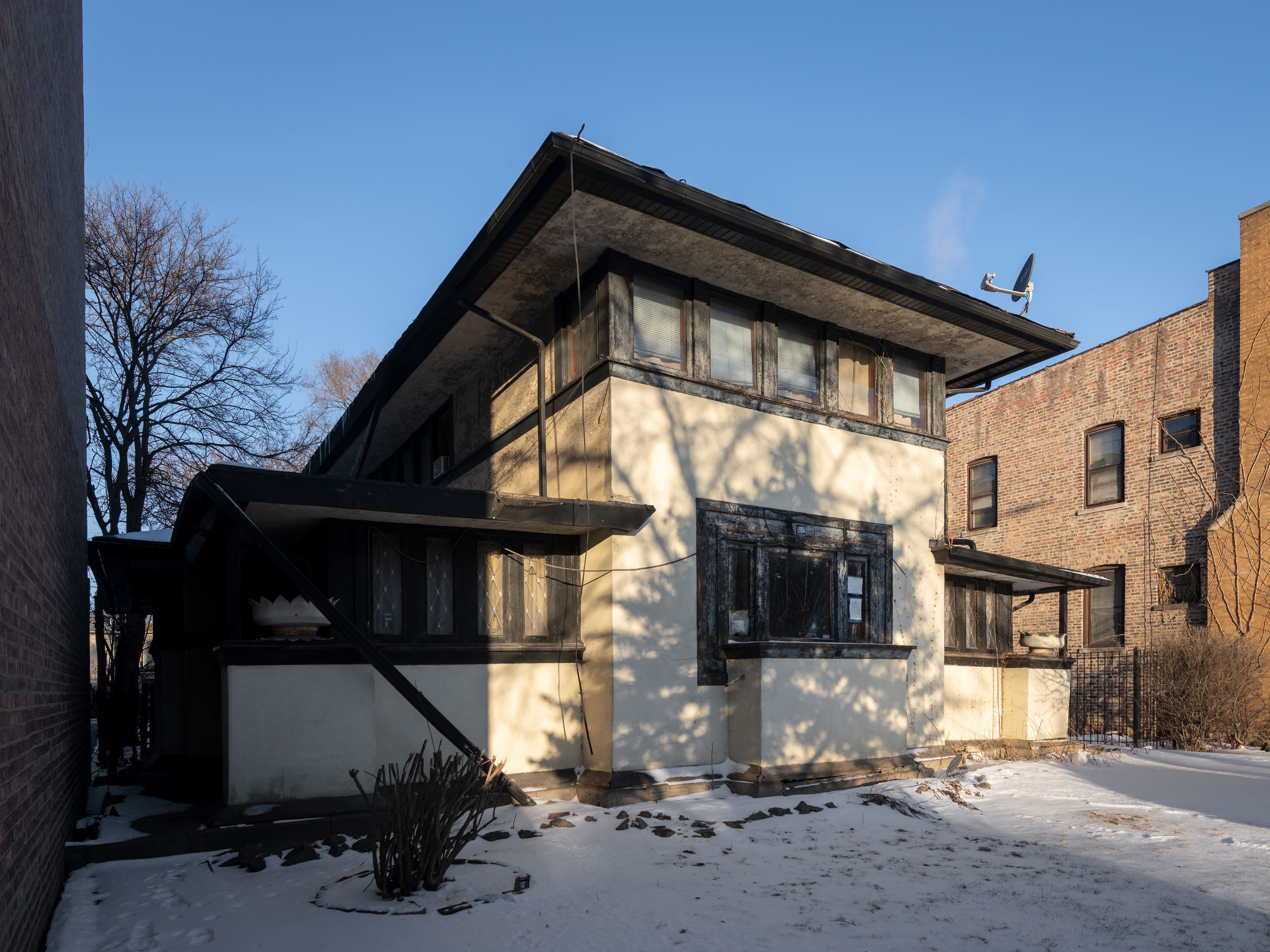 Why this rare Frank Lloyd Wright house is considered one of Chicago’s ‘most endangered’ buildings
Why this rare Frank Lloyd Wright house is considered one of Chicago’s ‘most endangered’ buildingsThe JJ Walser House has sat derelict for six years. But preservationists hope the building will have a vibrant second act
By Anna Fixsen